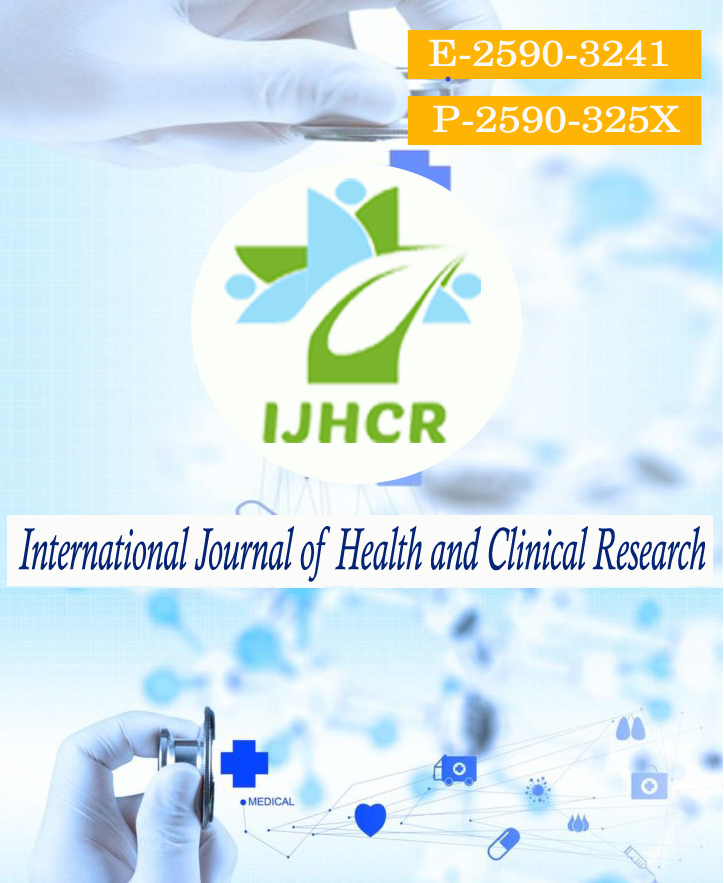Nephrogenic ascites: prevalence and effect of daily nocturnal high flux hemodialysis
Keywords:
serum, levels, statistics, meanAbstract
Background: Nephrogenic ascites (NA) is the end stage renal disease. A study was conducted to find the prevalence of NA in chronic kidney disease (CKD) maintenance hemodialysis (MHD) patients and also to find the effect of daily nocturnal high flux hemodialysis (NHFH) as treatment modality in these study members. Methods: It was a prospective observational study, conducted in the department of nephrology, GSL Medical College. Individuals aged >18years, on CKD V on MHD, diagnosed with NA and treated with daily NHFH for one month were included. Various factors such as variation in body weight, heart rate, blood pressure (BP), abdominal girth, serum parameters such as albumin, calcium, phosphorous, PTH, Hb%, Kt/v, portal vein diameter, ejection fraction, left ventricular mass index (LVMI), AV access failure before and after initiation of nocturnal hemodialysis (NH) were analysed. Student’s t-test was used to find the mean difference. Results: Total 12 (100%) participants were included male female ratio was 3. Statistically there was significant difference in mean systolic and diastolic BP, serum calcium, Phosphrous and PTH before and after NHD. But there was no significant difference in serum albumin levels. Conclusion: Decrease in NA with daily NH using high flux dialyzer. In addition, improvement in clinical parameters such as reduction of BP, HR, body weight, improvement in various serum parameters and decrease in LV mass index, improvement in LVEF. However, studies with large sample size is strongly recommended.
Downloads
Published
How to Cite
Issue
Section
License
Copyright (c) 2022 Sasanka P, T Jaya Chandra

This work is licensed under a Creative Commons Attribution 4.0 International License.






 All articles published in International Journal of Health and Clinical Research are licensed under a
All articles published in International Journal of Health and Clinical Research are licensed under a 